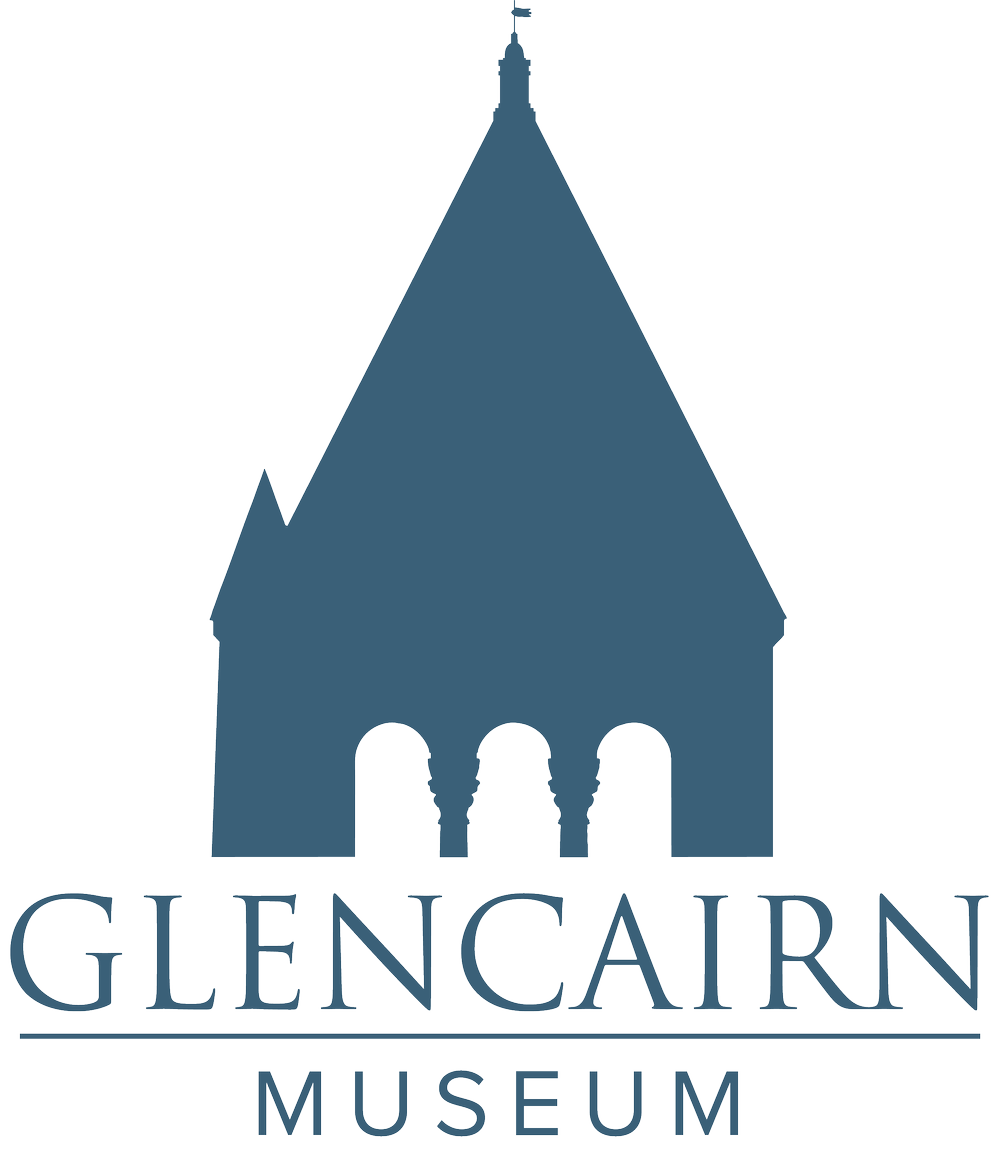Number 9, 2018
In this essay for Glencairn Museum News, Dr. Eva Miller, Teaching Fellow for the Ancient Middle East, University College London, will explore the religious, archaeological, and architectural contexts of Glencairn’s remarkable Cylinder of Nebuchadnezzer.
Read MoreNumber 8, 2018
Raymond Pitcairn’s Bryn Athyn Studios created a three-story tall glass mosaic version of the Academy of the New Church seal for Glencairn’s Great Hall. This article will explore the history of the Academy seal, where the emblem appears in Glencairn, and why it was so important to the Pitcairn family.
Read MoreNumber 7, 2018
Glencairn Museum’s Egyptian collection features several objects related to the weres, or headrest, an ancient Egyptian pillow made of wood. Headrests were believed to magically protect the sleeper at night, and also eternally after death. In this essay for Glencairn Museum News, Egyptologist Dr. Jennifer Houser Wegner explains both the practical and magical functions of the ancient Egyptian headrest.
Read MoreNumber 6, 2018
Whether we prefer to dream about the adventures of legendary medieval kings and queens, ponder the deeds of historical sovereigns, or invent rulers of fantasy worlds based on the medieval past, the art of the Middle Ages offers much to inspire our imaginations. In this essay for Glencairn Museum News, art historian Julia Perratore explores Glencairn’s collection in pursuit of the images fueling modern visions of medieval monarchs.
Read MoreNumber 5, 2018
A series of historic photos taken at the June 8, 1934 wedding reception of Raymond and Mildred Pitcairn’s eldest daughter, Gabriele, offers a rare visual insight into the design process employed by the Bryn Athyn Studios. For this special June wedding full-scale plaster models as well as actual works of art created for Glencairn in stone, metal, and stained glass were transported from the construction site to the wedding reception venue and repurposed as “garden sculptures.”
Read MoreNumber 4, 2018
Bryn Athyn artist and arts instructor Nishan Yardumian (1947-1986) taught painting in Bryn Athyn for many years. He was an artist as well as a teacher, and was passionate about both professions. According to Yardumian, “Painting aims at the universal with the hopes that each individual can find his identification with it. Teaching aims at the individual with the hope of developing the universal.”
Read MoreNumber 3, 2018
There is so much artwork to appreciate at Glencairn that visitors often pass by a certain elaborately-carved oak chair on the first floor without giving it a second glance. The chair was inspired by a twelfth-century Norwegian chair that was rediscovered in the late nineteenth century in a church in the village of Tyldal. The nineteenth century saw a revival of interest in woodcarving influenced by Norwegian Viking art, which became known as “dragon style.” Glencairn’s chair, hand carved in the Bryn Athyn woodworking shop in the 1920s, is significant—not only for the high quality of its workmanship, but for the story it tells about the circumstances that led to its creation.
Read MoreNumber 2, 2018
The Last Judgment, when the dead rise from their graves to be consigned either to salvation in Heaven or damnation in Hell, was arguably the most important theological concept for medieval Christians. In this essay for Glencairn Museum News, Dr. Sean Lawing, Assistant Professor of History at Bryn Athyn College, considers the ways in which the human body held significance for medieval Christians in the theological framework of the Last Judgment, with special reference to art in Glencairn Museum’s medieval collection.
Read MoreNumber 1, 2018
Glencairn Museum’s collection of ancient Egyptian jewelry, assembled by Raymond Pitcairn in the 1920s and early 1930s, includes strung beaded necklaces, amulets, and rings dating from at least as early as the First Intermediate Period (2130-1980 BCE) through the Greco-Roman Period (332 BCE- 323 CE). Individual elements include figures of gods, goddesses, and other magical and protective images, providing ample opportunity to study ancient Egyptian religious beliefs and magical practices.
Read MoreNumber 12, 2017
During the holiday season a life-size oil painting by Bryn Athyn artist Edwin Herder depicting the Adoration of the Shepherds (Luke 2:15-20) hangs above the fireplace in Glencairn’s Upper Hall. The painting is based on an illustration in The Christ Child, a 1931 children’s book by Maud and Miska Petersham.
Read More